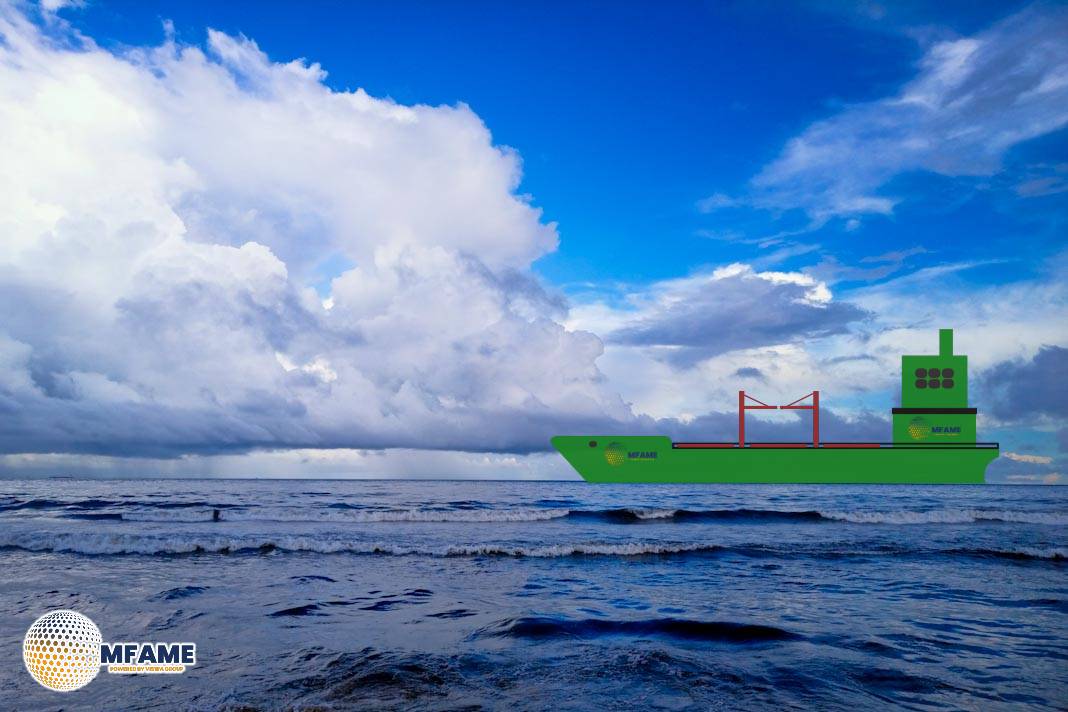- Tanker spot rates and stock prices remain volatile due to ongoing geopolitical tensions.
- Middle East developments are expected to boost tanker companies’ Q2 2025 earnings.
The crude tanker market has been highly volatile in 2025, with each quarter marked by shifting dynamics. In 1Q25, US and UK sanctions on tankers initially boosted stocks, but fears of a global slowdown from broad US tariffs led to a sharp pullback; a 90-day tariff pause helped the Drewry Crude Tanker Equity Index (DCTEI) end the quarter up 0.2%.
In 2Q25, rising Iran-Israel tensions boosted tanker stocks amid fears of supply disruption, but a ceasefire slashed the geopolitical premium, though the DCTEI still gained 6.8% during the quarter. The DCTEI was up 16.8% YTD (as of 29 July 2025), outperforming the S&P 500’s 8.3% gain. Among DCTEI constituents, Frontline Shipping led with a 34.3% YTD gain, followed by DHT Holdings (21.5%), Teekay Tankers (16.1%), Tsakos Energy Navigation (15.0%), and Nordic American Tankers (13.2%), while CMB.TECH fell 9.3%.
In contrast, product tanker stocks performance remained comparatively weak as the Drewry Product Tanker Equity Index (DPTEI) tumbled over 20% in 1Q25 due to weak demand and high supply. They bounced back in 2Q25 with a 10.5% gain due to the Iran-Israel conflict, but overall were still down 1.0% this year. Within DPTEI, Hafnia and d’Amico International are the only companies with positive YTD returns, up 5.9% and 0.5%, respectively. Ardmore Shipping and Scorpio Tankers posted the steepest declines, falling 12.9% and 9.2%, respectively, while TORM is down 0.9%.
VLCCs are likely to outperform mid-sized tankers in 2025, driven by rising long-haul trade and limited fleet growth. With crude production increasing in the Americas and the Middle East, along with demand growing in Asia, long-haul routes will increase at the expense of short-haul ones, boosting VLCC demand. Companies like Frontline and DHT Holdings, which have the largest VLCC fleets, are already reflecting this advantage in their strong stock performance. In short, crude tanker stocks are performing well due to global tensions and limited deliveries, while product tankers are struggling with low demand and too many new ships.
Following the pandemic, tanker companies adopted two main strategies in response to surging vessel earnings: reducing debt or renewing/expanding their fleets. Teekay Tankers (TNK) and Ardmore Shipping focused on debt reduction, while Frontline and CMB.TECH (CMBT) prioritised fleet expansion/renewal. Frontline’s acquisition of 24 vessels from CMBT spiked its debt, while CMBT’s diversification efforts, including its acquisition of Golden Ocean, also significantly raised its leverage. Overall, leverage across the sector declined in 1Q25 vs 1Q24, except CMBT. Additionally, Nordic American Tankers (NAT) also saw an increase in debt due to its fleet renewal initiatives since the start of 2025.
NAT has sold two vessels and acquired two newer ones. After optimising its balance sheet and significantly reducing debt, TNK has also shifted its focus to fleet renewal by selling seven older ships to modernise its fleet and improve efficiency. Reportedly, the company has also acquired a seven-year-old Suezmax vessel, which is the youngest in its fleet.
Tanker asset prices started 2025 on a weaker note, but the Iran-Israel conflict reversed the trend for VLCCs, which rose 2.7% in May and 0.4% in June due to their key role in the Strait of Hormuz. LR2s remained stable, while LR1s saw the steepest drop, falling 2–4% MoM amid softening demand.
Out of our coverage companies, only DHT Holdings has issued guidance for its 2Q25 results, estimating TCE earnings at USD 46,300pd, down from USD 49,100pd in 2Q24. Spot rates are expected at USD 48,700pd (vs. USD 52,700 in 2Q24), while time charter rates rose to USD 42,800pd, up from USD 36,400pd a year ago. Although the rates reflect a YoY decline, they indicate a sequential improvement over 1Q25 earnings.
Heightened tensions in the Middle East are expected to result in sequential earnings growth for tanker companies, especially those operating VLCCs and LR2s, which were most impacted during the Iran-Israel conflict and saw significant risk premiums added to their rates.
Did you subscribe to our Daily newsletter?
It’s Free! Click here to Subscribe!
Source: Drewry


















